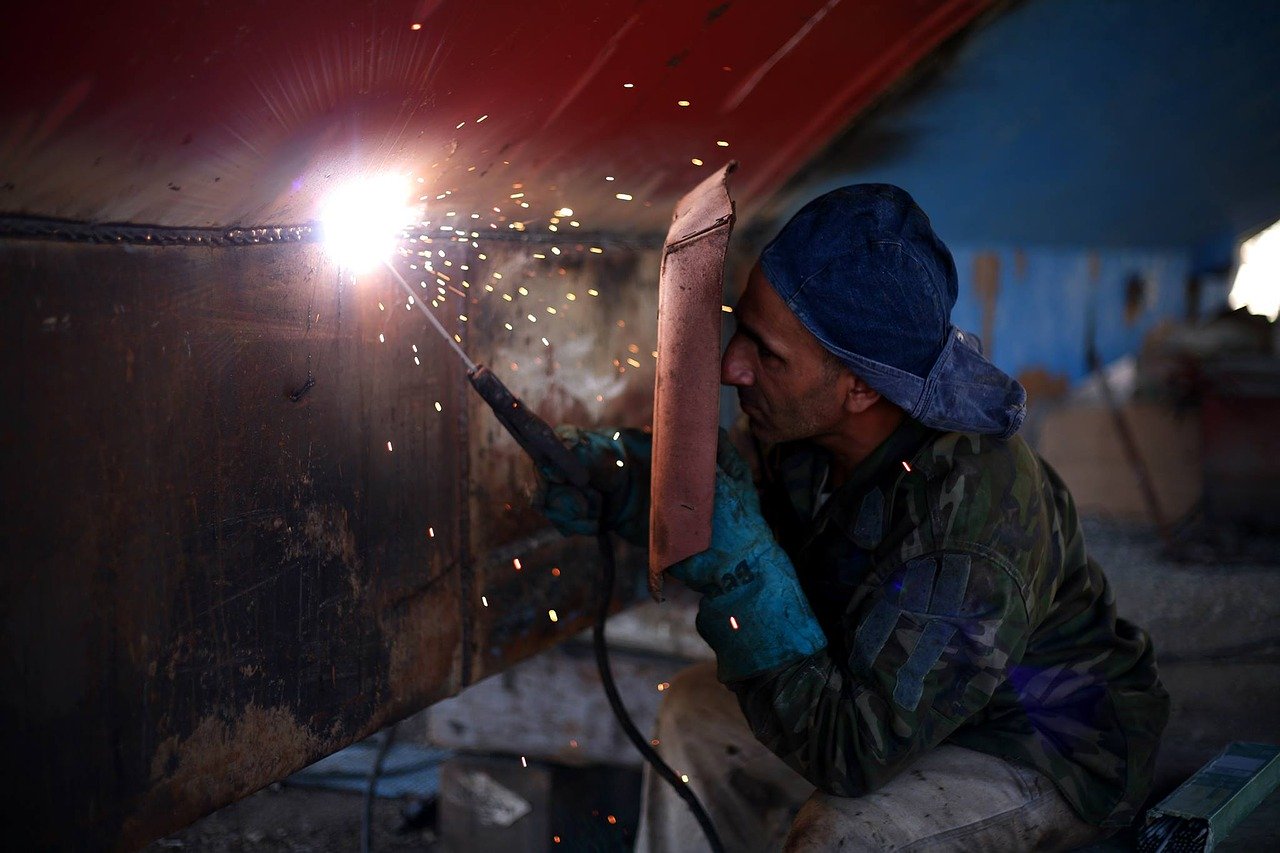With all the transformation brought about by the internet and digital technologies, the EU is aiming to curb its single market with the digital age. The Digital Single Market is, in fact, one of the European Commission’s top 10 priorities. By 2025, the EU envisions most work to be digitalised with regulatory walls destroyed and all 28 national markets merged into one. In terms of HSE, this curbing translates to digitalising HSE processes to improve overall HSE compliance and practice, reduce costs and prepare for future changes related to HSE functions.
![]()
As new tools and technologies provide solutions to traditional work issues and problems, there’s also the possibility that they may pose new risks and challenges to the safety and health of workers. In line with this EU objective, EU-OSHA (European Agency for Safety and Health at Work),, in addition to supporting digitalisation in occupational safety and health, is also running a series of foresight projects to assess and “evaluate the possible effects of new technologies, new ways of working and societal change on workers’ safety and health. The projects aim not only to identify new risks as they emerge, but also to anticipate changes that could have an impact on workplace safety and health.”
So, with all these changes and foresight projects, where do France and Germany stand?
HSE Digitalisation in Germany
In Germany, both large companies (>1000 employees) and mid-sized companies (100-1000 employees) have HSE processes and workflows intact. However, small companies (<100 employees) have just immediate reactive responses to individual incidents, for example, when an accident happens, the HSE response would be to simply fill up a form for occupational health insurance.
Read more: Get your employees involved in your QHSE initiatives today.
When it comes to digitalisation, according to an article written by Timo Kronlof in 2017, most large companies have adopted digitalisation in their HSE systems and have already implemented real digital solutions or are on their way to implementing by 2018. Most of these companies already have an existing HSE platform and are just integrating or adding mobile reporting capabilities from the field with the use of smartphones or tablets. Mid-sized companies, on the other hand, have started transitioning to an on-site server or a cloud-based HSE platform with responsibilities, follow-ups, document creation, incident database, compliance as the core functionalities. Users for mid-sized companies usually just involve their HSE specialists. Small companies, although aware of the promised of productivity from digitalisation, are usually more focused on their core business priorities that they forget about digitalisation. As the cost of a digitised HSE may be too much for them, most small German companies still rely on Word and Excel for their documentation and send their data to an outsourced external safety consultant.
HSE Digitalisation in France
For over 19 years, France has been trying to bring innovative and effective solutions to their HSE issues. HSE Digitalisation in France started around 1999 when a few companies started compiling databases for regulatory information. This became the basis for HSE teams and managers in monitoring their processes and effectively managing regulatory compliance and risks.
In fact, their collective efforts for databases even led to a few successful development of software platforms dedicated to HSE in the automotive, insurance, and finance industries among others. They’ve found out, too, that digitalisation works really well with Lean Production organisation and Taylorian organisations.
Ever since, France has been working to simplify the work of HSE professionals through the digitalisation of regulatory information. From this digitalisation, they have been developing innovative solutions to effectively manage compliance with their collected regulatory information.
As the country has experienced and documented the changes in work and work conditions including in HSE, France is familiar with the current HSE constraints and challenges that most of their industries face. France is continually investing and developing solutions to support its HSE professionals in transforming their businesses and industries.
Read about the common pen-and-paper frustrations in construction QHSE workflows and learn why everyone’s digitalising their HSE systems.
When it comes to digitalisation, it looks like France and Germany aren’t far away from each other and from the EU’s digital single market goals. Both countries are realising the potential savings and the increased workforce engagement that comes with a digitalised HSE system. Add an easy-to-use mobile app to this equation and you’ll surely further the adoption of a digital HSE and the infectious safety culture that goes with it.
If you’re interested in the HSE culture and its development in Europe, we have compiled a list of important HSE events and conferences that you can attend in France, Germany, Belgium and the Netherlands.



